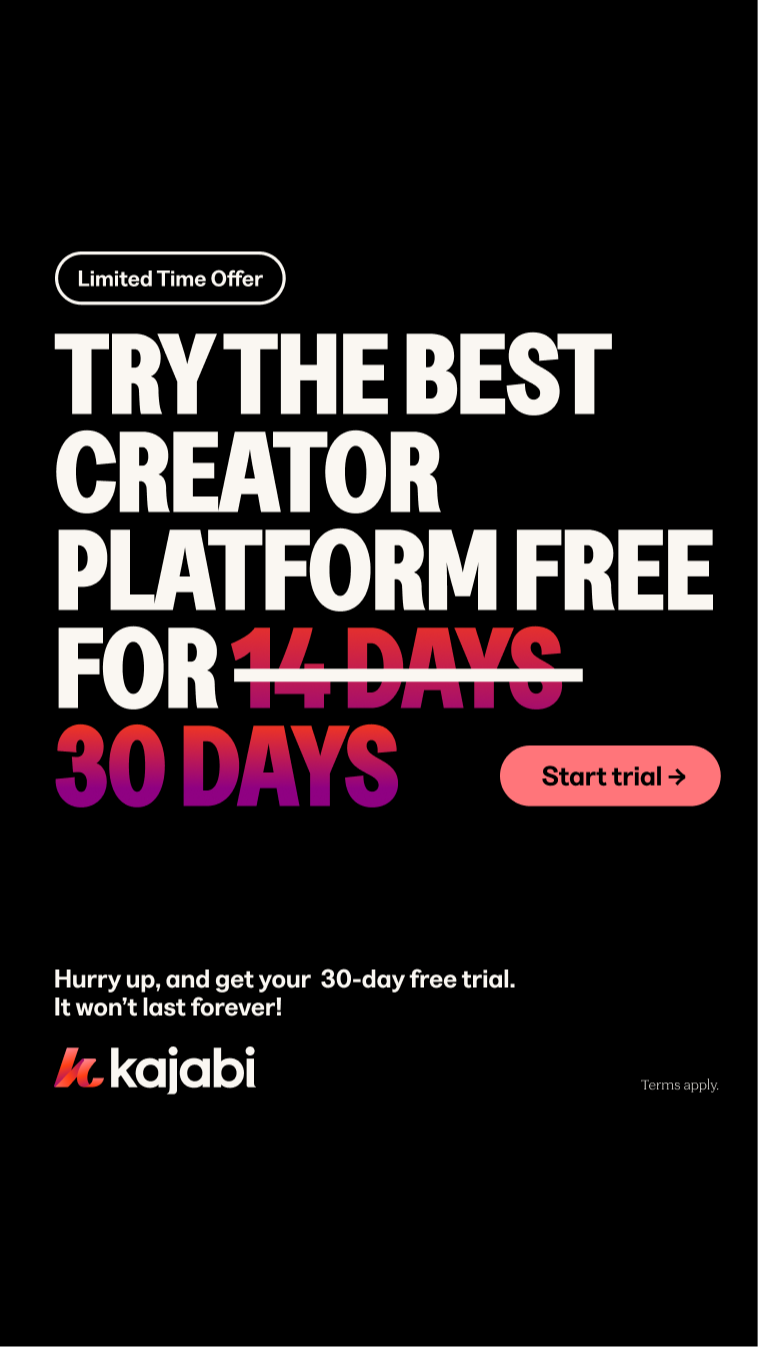
Key Components of a Blog Layout
So you write compelling blog content that you know your ideal audience will enjoy reading and truly benefit from? Fantastic! But is your blog’s layout organized enough to deliver your message well to your readers?
I hate to break it to you, but your blog’s layout can either captivate your audience with appealing visuals and a good user experience, or leave them clicking away in frustration due to a cluttered design and disorganized content.
Aside from your content, a well-organized blog layout is essential for attracting and retaining readers. It enhances your audience’s overall reading experience and keeps them engaged.
In this article, we’ll discuss the key elements of an effective blog layout that will keep your readers hooked from start to finish.
1. Header
Like any other webpage, your blog layout needs a clear, concise header featuring your logo and navigation menu. This allows for easy navigation and reinforces brand recognition. Having responsive links and clear labels in your navigation bar is important to make the user experience seamless.
2. Main Content Area
At the heart of your blog layout lies the main content area. This is where your content is displayed, from informative articles to the amazing stories you share. A well-organized content area uses visually appealing formatting, the right font style for readability; and spacing for easy information absorption.
3. Sidebar
The blog sidebar is a section of your blog that usually houses your site’s other elements like your recent posts, most popular articles, call-to-actions, lead magnets, subscription prompts, or social media links. A well-placed sidebar is a great opportunity to engage readers and direct them towards relevant content and actions.
4. Footer
The footer, although the last and often overlooked part, is a vital section of any blog or site’s layout. It usually contains copyright information, legal disclaimers, contact details, and additional navigation links. It allows readers to explore your site further, or get in touch with you.
5. Imagery
Adding relevant imagery to your blog posts enhances their appeal and clarifies your message. Whether photos, illustrations, infographics, or videos, imagery breaks up textual content and makes the blog more visually engaging.
6. Compelling CTAs
Strategically place call-to-action buttons to encourage readers to your desired action like subscribing to newsletters, downloading resources, or exploring products or services. Well-placed and persuasive CTAs boost user engagement and contribute to the blog's conversion goals.
While a well-organized blog layout is important, the content itself is also essential. Let’s delve into the essential elements of a captivating blog post that complements your layout.
1. Headline
Grab your reader’s attention with a magnetic blog title. As this is what your readers will first see, your headline must entice them to go over and read more of your article.
If you need help writing your headlines, you can check this.
2. Introduction
Complement your attention-grabbing headline with a clear and interesting introduction. Make your introduction engaging by starting with a question, a story, or even a metaphor, the goal is to set the stage for your blog.
3. Body
The reason your readers go to your blog is the content.
Aside from the information you’ll discuss in this section, consider the following for an effective body of a blog:
- SEO - keywords are everything! This is how Google categorizes you on their search engine and how your readers find you. Ensure to use the proper keywords to rank on the search engine but avoid keyword stuffing so your readers won’t read an article that doesn’t make sense.
- Headings and Subheadings - Using relevant headlines and subheadlines helps to break up your content and make a reading order to direct your readers from one idea to another.
- Short Paragraphs - Avoid overwhelming your readers with too much information by breaking your content into 2 to 3 short paragraphs. It enhances the reading experience, especially for your readers using mobile devices.
4. Conclusion
Summarize the main points in your blog post and include CTAs to guide your readers to the next action you want them to take. It can be to subscribe to your newsletter, read another blog post, or explore your shop, the main goal is to keep them engaged and to explore your site further.
And there you have it!
The important components of a blog layout and blog post that you simply cannot ignore if you want your readers engaged and to encourage return visits.
Whether you're a blogger or a business owner, a well-designed blog layout can make all the difference in reaching and connecting with your ideal audience.
Looking to enhance your blog's layout effortlessly?
Explore my pre-designed Kajabi website templates crafted with conversion in mind. These templates are fully customizable with copy prompts to help you write or refine your site’s copy. Click here to browse my templates.
Other blog posts you may like:
- 5 Pages You Must Include On Your Website
- Anatomy Of An Effective Home Page
- 7 Useful Elements To Include In Your About Page
- How to Write Work With Me Page
- Tips for an Effective Contact Page











